Dear coven,
I must admit this is a task that has taken its time. In May, I was preparing for my PhD viva and I am convinced that this has, at least in some form, helped me tremendously. So what is this? A reading list of surrealist books? No, not exactly.
Many might not know this, but Surrealism began as a literary movement. The founder, André Breton, was a poet, what’s more is that in his surrealist manifesto, he defined surrealism as such:
SURREALISM, n. Psychic automatism in its purse state by which one proposes to express, verbally, by any means of the written word, or in any other manner, the actual functioning of thought. Dictated by the thought in the absence of any control exercised by reason exempt from any aesthetic or moral concern.
Yes. Verbally. By any means of the written word. What happened is that the ‘any other manner’ somewhat took over. The visual devoured the verbal. This might seem a stretch, especially to those familiar with Surrealism, but let’s face it, when most people hear ‘Surrealism’ they think of a man with his face concealed by an apple. They visualise melting clocks, not the prose of Nadja (sorry Breton).
The textual, however, persists, even when we tend to focus on the image.
Now, I know what you’re thinking - are you about to recommend us some books written by the surrealist artists? Nope! Better. I am going to build you a library. A library filled with the novels, poetry, grimoires and the rich plethora of textual works that shaped Surrealism.
Breton was a voracious reader and so were the artists, writers, and poets who participated in Surrealism. The writing that inspired them seeps through their visual and verbal works. What the surrealists read was well-documented, but, well, scattered. Scattered across manifestos, novels, paintings, poems, articles, collages, and biographical works. There’s many lists out there that will tell you what to read that is essential to Surrealism, but not enough that tell you what exactly the surrealists themselves consumed, I’m here to provide this type of compilation. There are many brilliant academics who have researched Surrealism in relation to Romantic, Gothic, Science Fiction, and Occult literature, so the making of this list would not be possible without their work, and they will be cited accordingly.
So, this is my attempt - one that will inevitably also be slightly scattered - of putting together a list of books that were essential to the surrealists. I recognise this is a treacherous task, with so much writing out there, I know I'm bound to miss something, so I have to warn you, this list might end up being…Endless? In making this list I am re-visiting the words of Breton, but also Leonora Carrington, but also Dorothea Tanning, but also Max Ernst and Louis Aragon. It’s not a small feat, it’s a project that is continuously in the works and this is simply part une. And I’m open to suggestions, so please let me know in the comments if there’s a particular work you think is absolutely essential to this list.
I thought long and hard about how to structure this list. Should I separate the reading recommendations based on the artists that were inspired by them? Should I do it by genre, theme, year, author? How long should I be? Should I include every single work of literature that was ever mentioned by a surrealist? In the end, I decided to structure it by genre and literature movement, but loosely - for example, when citing occult works, I will be taking the Western umbrella term for occult, which can be interchangeable with esoteric, magic, etc; I will also be pairing some genres and movements together for ease. We could argue about the semantic of this, but in my opinion, this is the best way to continue to add to this list, and quite frankly, this is how my brain makes sense of it all.
So with all that out of the way, let’s get to it.
Fairy Tales, Fantasy and Children’s Literature
Alice’s Adventures in Wonderland (1865) by Lewis Carroll. The influence of Carroll’s works can be spotted across numerous surrealist paintings and texts. Breton listed him as an author who counteracted the depreciation of language.
Gulliver’s Travels (1726) by Jonathan Swift. This is a choice book for rebellious young girls. It’s a favourite not just for Jane Eyre, but for Leonora Carrington.
The Crock of Gold (1912) by James Stephens. Again, in relation to Carrington, a book read to her by her mother. 1
Grimm’s Fairy Tales (1812) by the Brothers Grimm. The darkness behind these tales captivated the surrealists.
Mother Goose: The Old Nursery Rhymes (1913) by Arthur Rackham. Surrealism was a movement that loved to subvert and play with language, so nursery rhymes were a must.
Gothic and Horror Literature
The Mysteries of Udolpho (1794) by Ann Radcliffe. Dorothea Tanning was especially motivated by gothic literature and she reference Radcliffe in three of her works.
The Monkey’s Paw (1902) by W.W. Jacobs. A book read to Leonora Carrington by her father.
The Castle of Otranto (1764) by Horace Walpole. Recognised as the first Gothic novel, filled with ghosts, mysteries, and dark passageways, this book captivated the surrealist imagination.
Justine (1791) by The Marquis de Sade. Extensive research has been dedicated to tracing the influences of Sade on the surrealists, such as Alyce Mahon’s The Marquis de Sade and the Avant-Garde (2020).
The Monk: A Romance (1795) by Matthew Gregory Lewis. Erotic, anti-cleric, and provocative today, let alone for its time - a surrealist dream come true.
Romantic Literature
A Season in Hell (1873) and Illuminations (1886) by Arthur Rimbaud. But in truth, the entirety of Rimbaud. Rimbaud was incredibly important to the surrealists. His poetic adventure was aimed at the revelation of a new kind of consciousness, and as such he was considered by Breton as a predecessor of Surrealism.
Les Chants de Maldoror (1868-69) by Comte de Lautréamont. Breton wrote extensively on Lautréamont and his influence over Surrealism.
Les Fleurs du Mal (1857) by Charles Baudelaire. When speaking of Baudelaire, Breton declared - ‘I cannot imagine his prestige ceasing to grow in the eyes of new generations of poets’. 2
Hymns to the Night (1800) and Heinrich von Ofterdingen (1802) by Novalis. Novalis’ work helped pave the surrealist path of identifying poetry and art with magic.
Aurélia (1855) by Gérard de Nerval. In reference to Nerval, Lautréamont and Jarry, Breton mused that ‘their influence ceaselessly increases in such a way that it would be useless for a poet of our time to oppose their being so chosen’. 3
Maison du Berger (1844) by Alfred de Vigny. When discussing the power of women in art and life, Breton named Eva of Vigny’s text.
The Scarlet Letter (1850) by Nathaniel Hawthorne. Amongst the books marked as immoral in Dorothea Tanning’s local library, she instantly knew she had to get her hands on it.
Mina de Vanghel (1830) by Stendhal. Breton cited Mina de Vanghel amongst the women who reaped glory.
Nana (1880) by Émile Zola. Zola has been listed as influential to Breton amongst a number of surveys of his reading list.
Salammbô (1862) by Gustave Flaubert. Favoured by Dorothea Tanning.
Occult Literature
Satanism and Magic (1895) by Jules Bois. Influential for its illustrations, all by the hand of Henry de Malvost, this book provided the surrealists with visual information on witchcraft. It also familiarised them with the names and publications of Hermes Trismegistus, Heinrich Cornelius Agrippa von Nettesheim, and Nicolas Flamel. 4
La Sorcière (1862), or Satanism and Witchcraft (1863) by Jules Michelet. Incredibly important to the surrealists. It not only shaped their (very male) notion of woman as witch and sorceress, but it gave the female artists participating in the movement a sense of empowerment. Leonor Fini, for example, described them as erotic and powerful.
Witchcraft, Magic and Alchemy (1929) by Émile Grillot de Givry. This book covers a broad range of occult topics from demons, to witches, to tarot cards, to alchemy. The beautiful woodcuts and visual images that accompany it were especially appealing to the surrealists, but so were Givry’s descriptions of magical working.
The History of Magic (1948) by Kurt Seligmann. Involved with the surrealist circle himself, Seligmann was instrumental in educating many of the surrealists on the occult.
The Chemical Wedding of Christian Rosenkreutz (1928) attributed to Johann Valentin Andreae. The Rosicrucians were explored by a number of surrealists.
The Doctrine and Ritual of High Magic (1854-1856) by Éliphas Lévi, along with the vast majority of works by Lévi. Scholars such as Anna Balakian have posited that Breton modeled his idea of Surrealism as a secret society after Lévi. 5
Mythology and Folklore
Popol Vuh - mythology and history of the Kʼicheʼ people of Guatemala. Leonora Carrington carefully studied the Mayan creation myth for her mural The Magical World of the Maya (1963-64).
The White Goddess (1948) by Robert Graves. Again related to Carrington, who reported that this book changed her life.
Mirror of the Marvelous (1940) by Pierre Mabille. Mabille applied his esoteric knowledge to celebrate the surrealist concept of the marvellous, in a similar way to comparative mythology.
The Mabinogion, complied in Middle Welsh in 12th-13th centuries from earlier oral traditions was especially important to Leonora Carrington and her exploration of Celtic folklore.
Balinese Character: A Photographic Analysis (1962) by Gregory & Margaret Mead. The work of these two anthropologists was instrumental for Maya Deren.
Philosophy
The Symposium (c. 385-370) by Plato. Breton specifically admired the character Diotima of Mantinea.
Phenomenology of the Mind (1807), Science of Logic (1812), and Elements of the Philosophy of Right (1820) by Georg Wilhelm Friedrich Hegel. Breton declared that the Hegelian concept of the penetration of the exterior world into subjective experience had remained uncontested. He further stated that the influence of Hegel was most felt as the Surrealists realised that they were concerned with the long-rage problem of knowledge as well as the immediate one of expression.
The Essence of Christianity (1841) by Ludwig Andreas Feuerbach. Listed as influential by Breton amongst other examples of ‘harrowing’ poetry and philosophy.
Psychoanalysis and Psychology
The Interpretation of Dreams (1899) by Sigmund Freud. This one is pretty obvious, isn’t it? The surrealists sought out a philosophy that would accompany their beliefs and turn them into concrete ideas. Breton paid his respects to Freud and specifically his ideas concerning dreams in the surrealist manifesto.
Psychological Automatism (1889) by Pierre Janet. Breton studied Janet’s theories during his studies of neurology and psychiatry.
The Archetypes and the Collective Unconsciousness (1959), Man and His Symbols (1964) and Psychology and Alchemy (1968) by Carl Jung. Jung was important to the surrealists, especially for his ideas on magic. He was a popular choice for those who wished to stray from Freud.
Clinical Lectures on Certain Diseases of the Nervous System (1888) by Jean Martin Charcot. Charcot’s studies of hysteria were of great interest to both Breton and Aragon who illustrated their essay in The Surrealist Revolution (1928) with photographs of Augustine, a patient of Charcot.
Satire and Politics
Ubu Roi (1896) by Alfred Jarry. This play is considered a forerunner of surrealist theatre.
A Modest Proposal (1729) by Jonathan Swift. Leonora Carrington, along with a number of surrealists referenced this text.
Manifesto of the Communist Party (1848) by Karl Marx and Friedrich Engels. The surrealists were politically motivated and left-leaning, so this is a no-brainer really. Breton talked about Marx extensively.
Literature and Revolution (1924) and The Revolution Betrayed (1937) by Leon Trotsky. Breton was a great admirer of Trotsky and even met him while in Mexico.
This is where I will leave it for now. As I said in the beginning, this is just a fragment of what the surrealists read, but I think it’s a good starting point. All of these works will give you clues as to how Surrealism formed and developed. This is a long-running project and I will continue to add titles and genres over the coming months. Please feel free to comment any suggestions you might have.
I hope you have enjoyed the list so far and that it has given you some inspiration for your own reading. If you are someone who enjoys learning about art, painting, and writing motivated by magic, please consider subscribing to this newsletter and follows its visual companion.
Thank you for reading!
Tip Jar ☕
Recent articles:
See Catriona McAra, ‘Leonora Carrington and Children’s Literature’, Gramarye: The Journal of the Chichester Centre for Fairy Tales, Fantasy and Speculative Fiction, no. 12 (2017): 36–47.
See André Breton, Manifestoes of Surrealism, trans. Richard Seaver and Helen R. Lane (Ann Arbor: University of Michigan Press, 1972).
André Breton, Manifestoes of Surrealism, trans. Richard Seaver and Helen R. Lane (Ann Arbor: University of Michigan Press, 1972).
See Tessel Bauduin, Surrealism and the Occult: Occultism and Esotericism in the Work and Movement of André Breton (Amsterdam: Amsterdam University Press, 2014). Bauduin dives deep into Breton’s esoteric interests and the literature he read to supplement his knowledge.
See Anna Balakian, André Breton: Magus of Surrealism (Oxford: Oxford University Press, 1971).

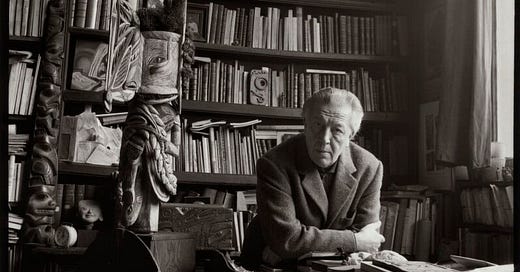



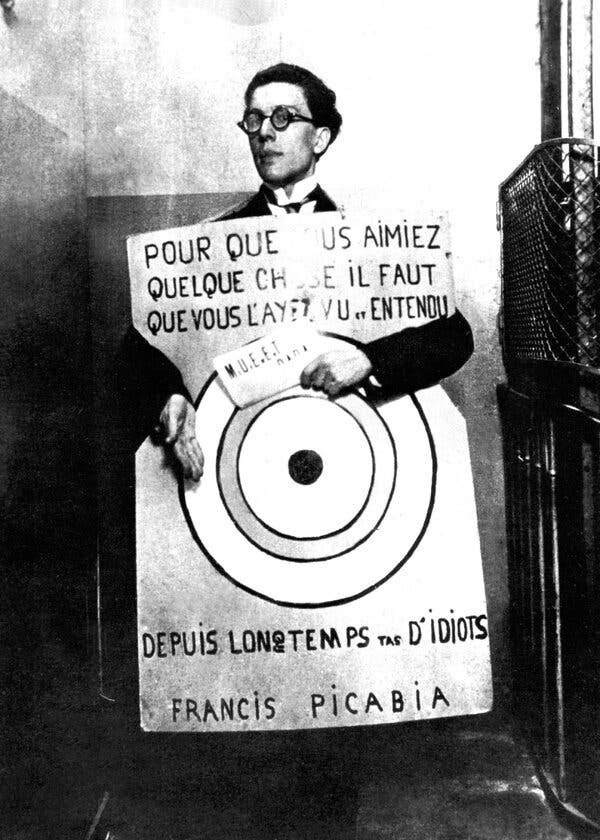

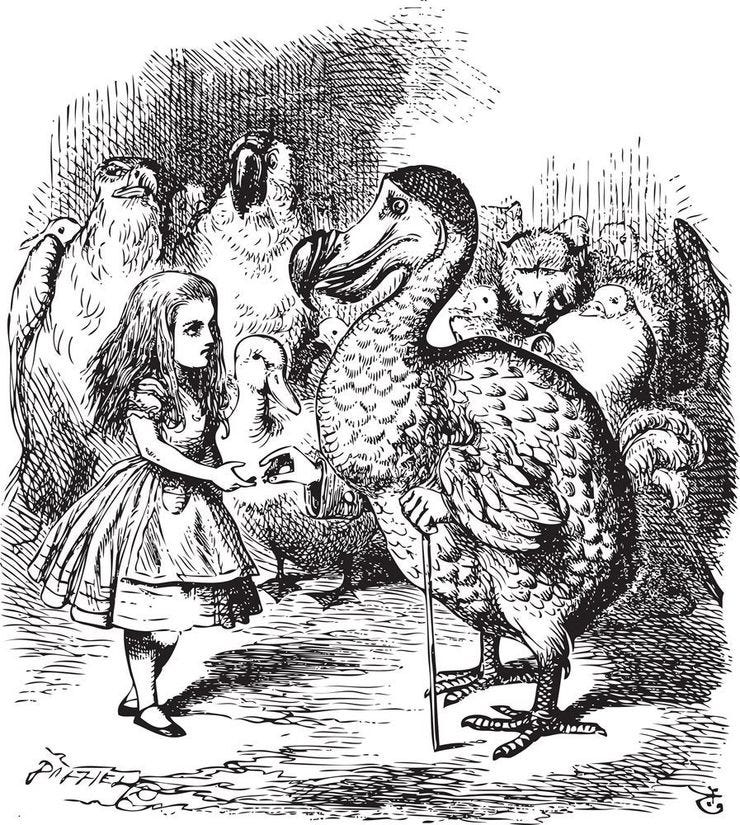
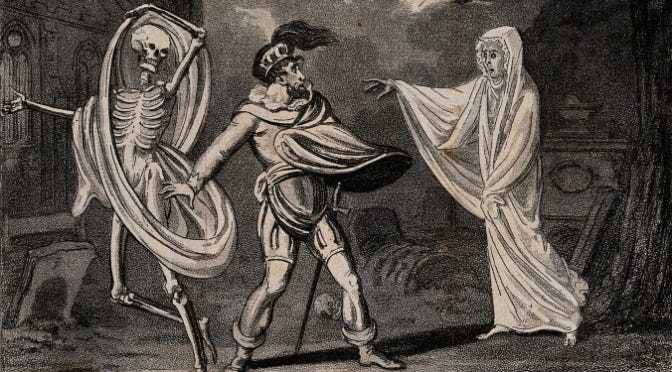


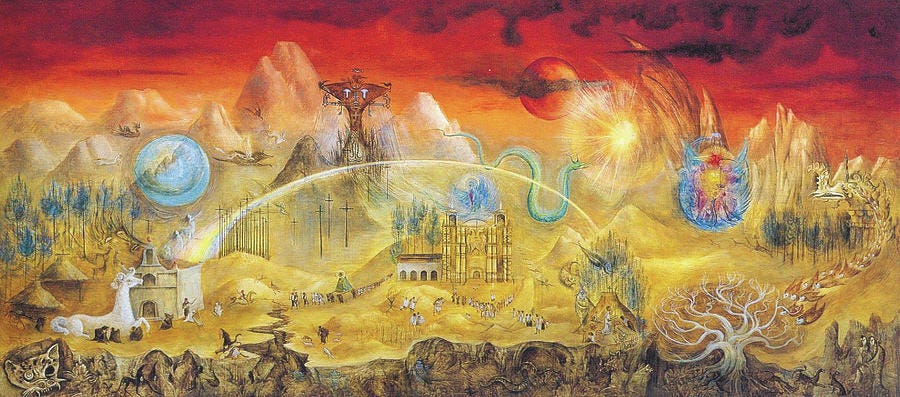
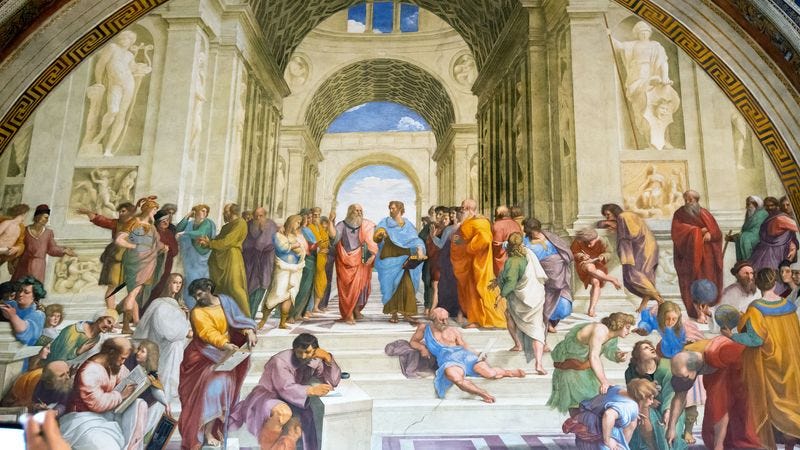
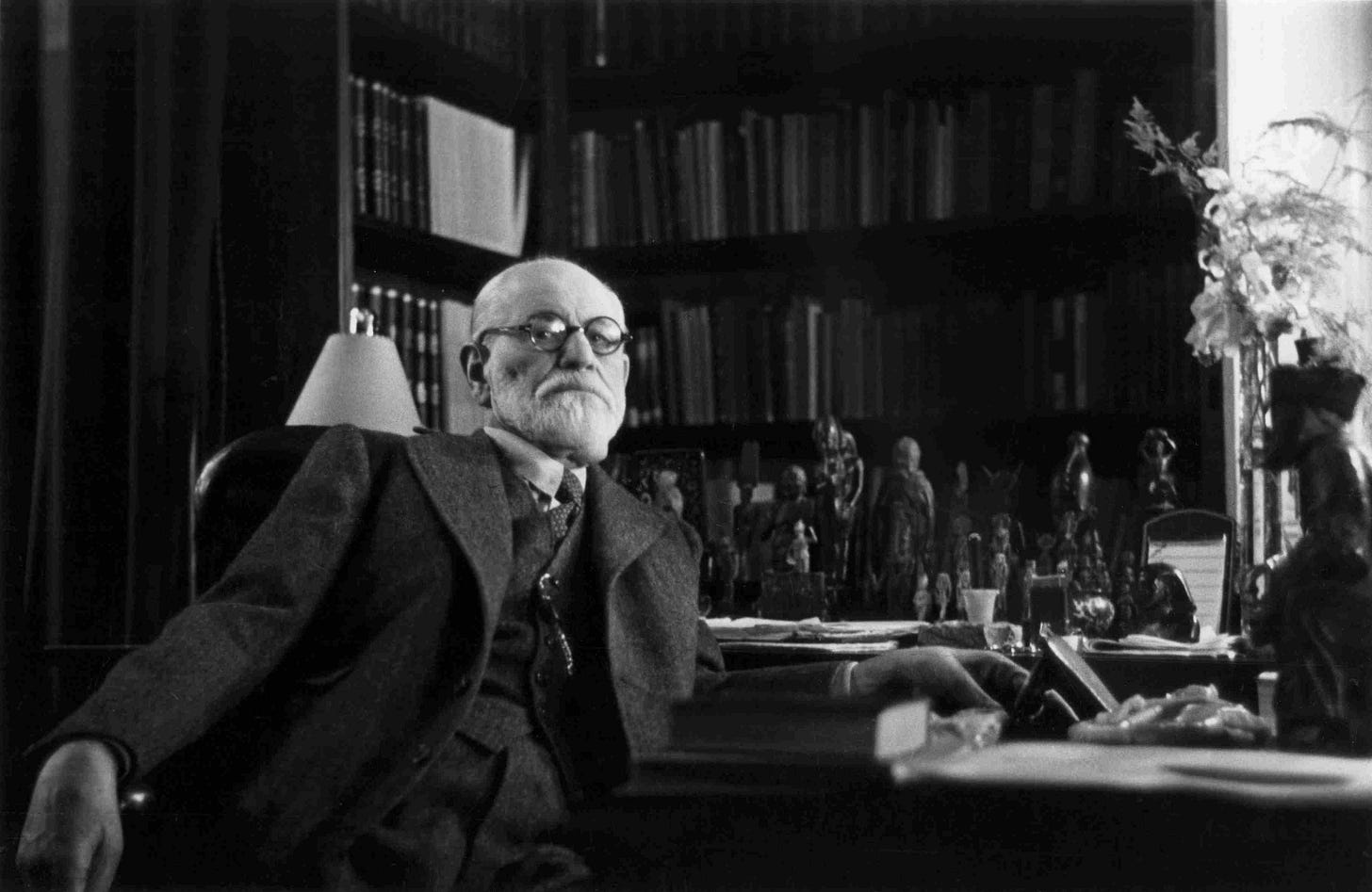
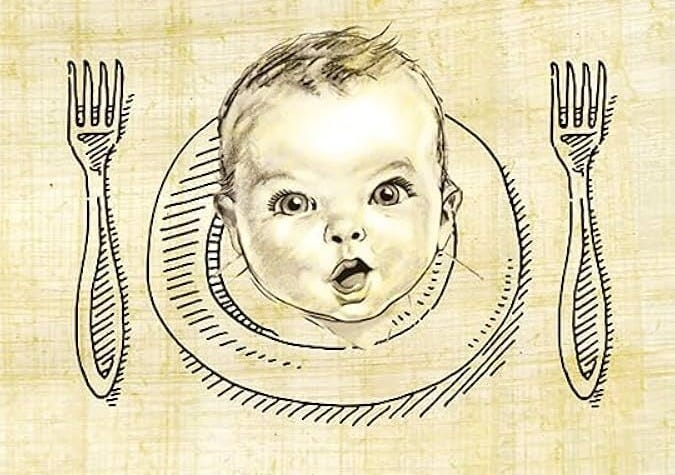


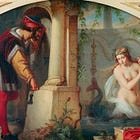

Good work! I've read many of these and am familiar with most of them. A few other titles that aren't in your list: From India to the Planet Mars by Theodore Flournoy, Human Personality and its Survival of Bodily Death by F.W.H. Meyers and The Poetical Alphabet by Benjamin Paul Blood. My only reservation about your essay is that you refer to surrealism in the past tense when it's still very much happening, though it may look a little different than its classical iteration which is its point of departure.
Fantastic list all around. Thanks for including Popol Vuh and The White Goddess -- absolute favorites